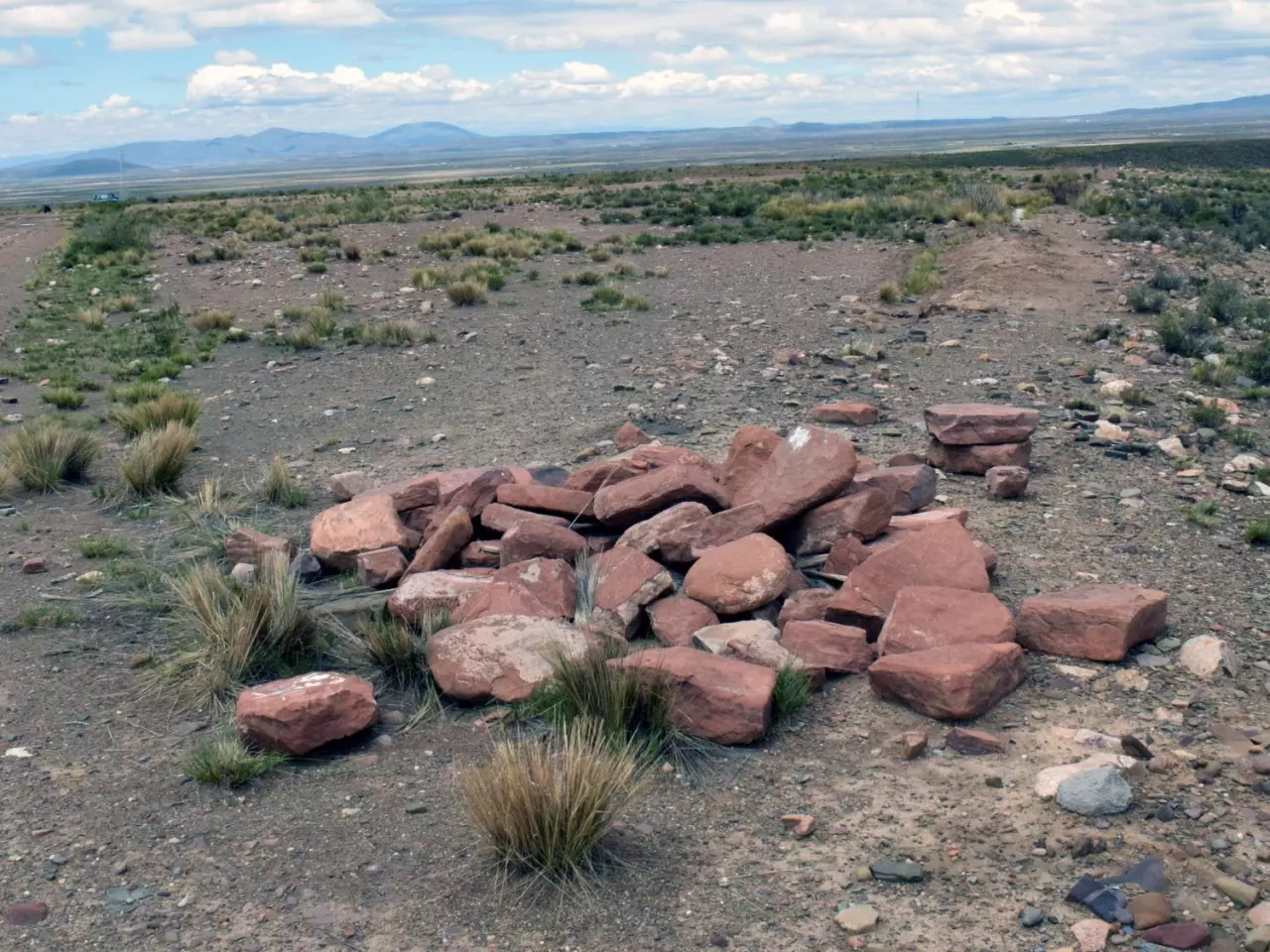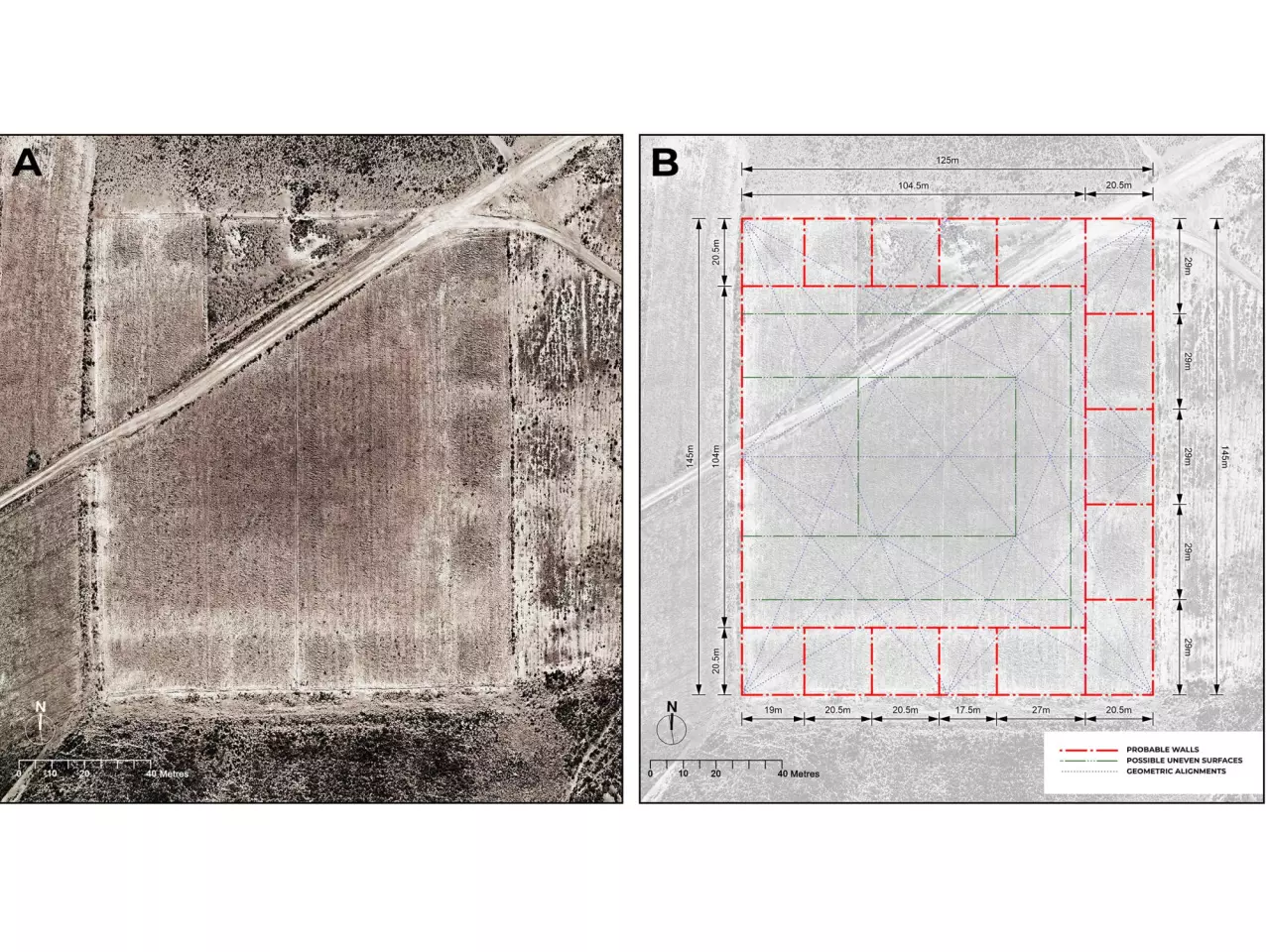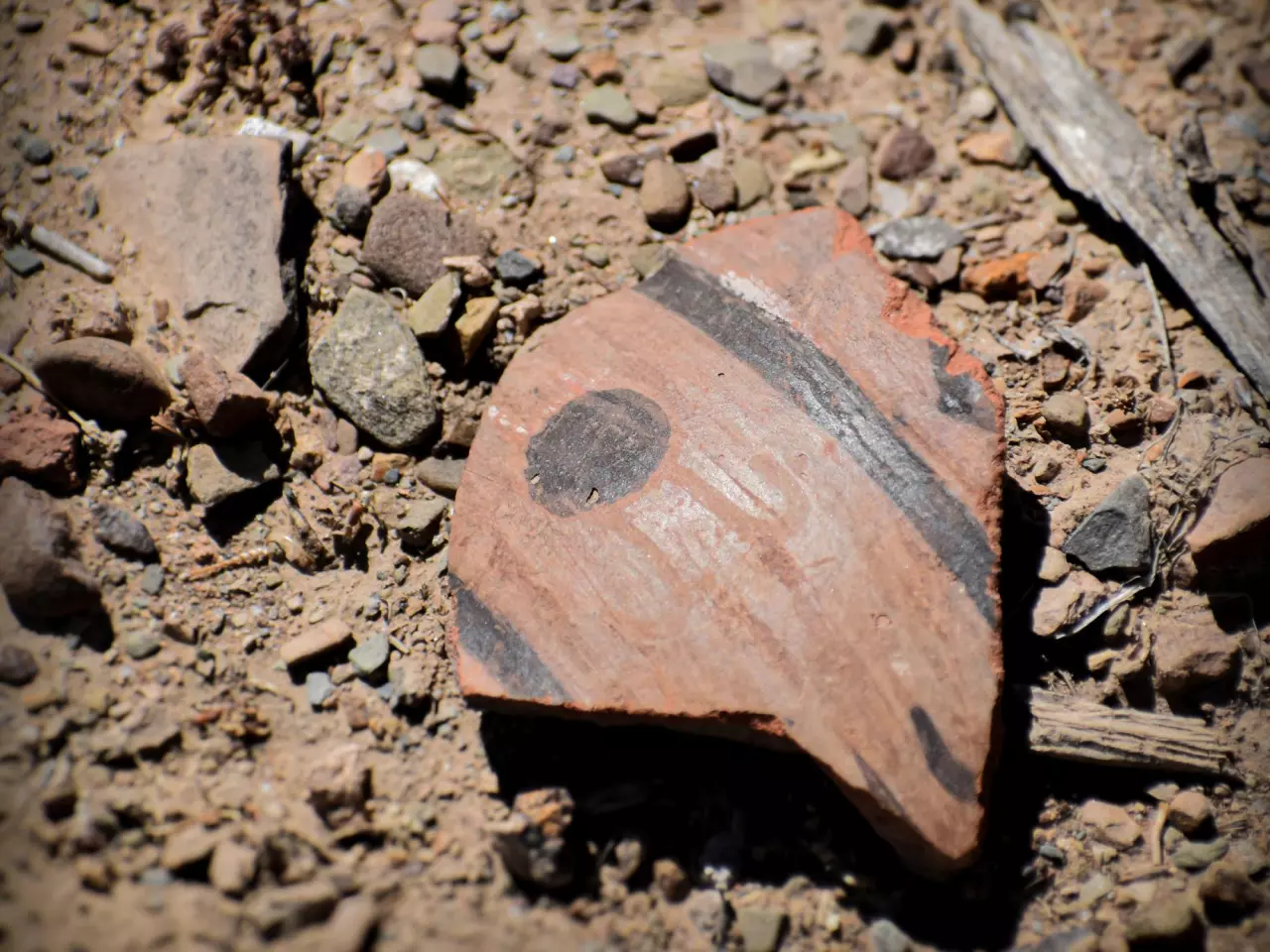Long before the Inka (commonly known as Inca in English) rose to power, a mysterious civilization bloomed on the edge of Lake Titicaca. Known as Tiwanaku, it began as a humble farming village in the Bolivian highlands and, by around 500 BCE, grew into a sprawling city-state that influenced much of the Andean world.
At its heart stood enormous terraced temples made from massive carved stones like puzzle pieces of a lost world. Though colonial looters later robbed many secrets, early explorers saw Tiwanaku as more than a city; they believed it was a sacred gathering place, built for spiritual ceremonies and spreading religious beliefs.
Long before the Inka ruled the Andes, the Tiwanaku civilization carved out one of the region’s earliest and most influential societies. Then, about a thousand years ago, it vanished, leaving behind stone ruins and swirling mysteries.
Now, a team of researchers has uncovered a remarkable temple site 215 km (134 miles) from Tiwanaku’s core. This newly found structure, with its sunken courtyard and massive stone layout, mirrors Tiwanaku’s famous ceremonial platforms. Its grand scale hints at serious state effort, proof that this wasn’t just a village but part of an ancient, well-organized powerhouse.

For generations, local farmers knew the hill. It looked ordinary, just another rise in the Bolivian landscape, around 160 km (100 miles) from the ancient city of Tiwanaku. But beneath its quiet surface lay a forgotten temple, now uncovered by archaeologists.
And this wasn’t just any random hilltop. Strategically perched at the crossroads of ancient trade routes, it connected the highlands, valleys, and plains, making it a perfect outpost for a powerful civilization.
Tiwanaku, one of the Andes’ earliest urban societies, flourished with pyramids, sunken temples, and towering monoliths. But around 1000 BCE, it mysteriously collapsed. By the time the Inka arrived centuries later, Tiwanaku was already a shadow of its former glory.
Now, this newly discovered temple, hidden in plain sight, is helping scientists piece together how far Tiwanaku’s influence really stretched.
Was it a vast empire or a loose network of sacred sites? The debate is ongoing, but the stones are finally speaking.
At the time of Tiwanaku, the spot linked three dramatically different environments: the lush highlands of Lake Titicaca (north), the dry, windswept llama pastures of the Altiplano (west), and the fertile Cochabamba valleys (east).
In short, it was the ultimate meeting point: where goods, people, and ideas flowed across ancient Andean lands. That’s why Tiwanaku builders likely chose it as a place to construct meaningful monuments.
Researchers noticed a mysterious square-shaped patch on the ground. To uncover its secrets, they stitched together satellite images, flew drones overhead, and used photogrammetry to create a stunning 3D map, turning a faint outline into a vivid glimpse of the past.

Archaeologists uncovered a large ancient temple named Palaspata, spanning the size of a city block approximately 125 meters long by 145 meters wide (410 x 475 ft) with 15 enclosures around a central sunken courtyard. Its design appears aligned with the solar equinox, suggesting a ritual function.
Researchers created a visual reconstruction using drones and photogrammetry. The discovery of keru cups used for drinking maize beer during feasts indicates the temple's role as a trade and cultural hub. Since maize was not grown locally, its presence highlights Palaspata's importance in linking distant communities and culinary traditions.

The ancient temple of Palaspata wasn’t just a surprise to archaeologists; it stunned the local community too. As Justo Ventura Guarayo (mayor of the municipality of Caracollo, where the site is located) put it, the discovery revealed a long-overlooked piece of Caracollo’s heritage, one that could now become a beacon for tourism and pride.
For researchers like José Capriles, Penn State associate professor of anthropology and lead author on a study, the site offers more than just stone ruins. It’s a rare glimpse into how ancient societies organized themselves – how they traded, governed, and celebrated.
And perhaps most exciting of all, there may be more secrets still buried, waiting for curious eyes to uncover them.
Future fieldwork, dating and analysis of materials will pin down when the temple was built, how it compares to other terraced platform temples in the region and, ultimately, reveal what kinds of rituals or activities took place there.
But that’s just the start. By studying other nearby settlements in the highlands and valleys, archaeologists hope to uncover how Tiwanaku society governed, traded, and evolved over time. These clues could reshape our view of how this ancient civilization worked, and why it eventually disappeared.
The temple discovery was published in the journal Antiquity.
Source: Penn State








